Is selling on Amazon FBA Still Worth It? Absolutely! In 2024, selling on Amazon is still a great opportunity for entrepreneurs. In 2023, Amazon reported impressive revenue of $574 billion, up from $514 billion in 2022. A noteworthy 23% of that revenue comes from third-party sellers, with 82% utilizing Fulfillment by Amazon (FBA) for order management.

Although competition on Amazon has intensified, so has the demand for online shopping. An astounding 51% of consumers begin their product searches on this platform, highlighting its significant reach and influence. This trend indicates ample opportunities for sellers to tap into a vast customer base and drive sales.
In this article, we will discuss why selling on Amazon FBA continues to be a wise decision in 2024 and beyond. From the benefits of FBA to strategies for success, read on to discover how you can thrive in the ever-evolving world of e-commerce.
Is Selling on Amazon FBA Still Worth It?
Yes, selling on Amazon FBA is still worth it. With over 300 million active customers on the platform, sellers have a huge opportunity to reach more people and grow their businesses.
FBA makes life easier for sellers by taking care of storage, packaging, and shipping. This means you can spend more time focusing on your business instead of worrying about how to get your products to customers.
Plus, Amazon’s strong reputation helps build trust with buyers, which can lead to more sales. As online shopping continues to grow, since 51% of consumers start their product searches on Amazon, using FBA can help you stand out and boost your sales in today’s competitive market.
What is Amazon FBA? Is Selling on Amazon FBA Still Worth It?
Amazon FBA, or Fulfillment by Amazon, is a service that enables sellers to utilize Amazon’s vast logistics network to sell their products efficiently. Using FBA, you can focus on expanding your business while Amazon takes care of the more challenging tasks, such as storage, packaging, and shipping.
How Amazon FBA Works
Here’s a simple step-by-step explanation of how Amazon FBA operates:
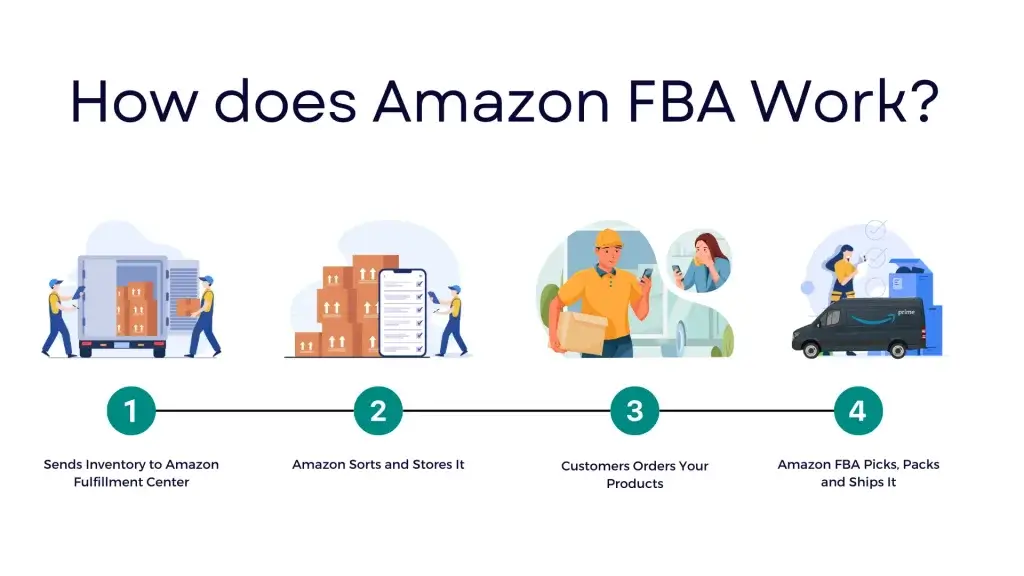
- Shipping Your Inventory: As an Amazon FBA seller, the first step is to send your products to one or more of Amazon’s fulfillment centers. These centers are large warehouses where your inventory is securely stored.
- Storage at Fulfillment Centers: Once your products arrive at the fulfillment centers, they are kept safe until they are sold. Amazon has fulfillment centers worldwide, ensuring quick delivery to customers, regardless of where they are.
- Order Processing: When a customer places an order on Amazon, the FBA process begins. Amazon’s systems determine the nearest fulfillment center with your product in stock.
- Picking and Packing: Amazon employees pick the product from the shelves and pack it securely for shipping. This efficient process ensures that the product is handled carefully and dispatched promptly.
- Shipping to Customers: After packing, Amazon ships the product directly to the customer. They manage all logistics, providing fast and reliable delivery, which is especially advantageous for Amazon Prime members who expect quick service.
- Customer Service Management: Amazon handles customer inquiries, refunds, and returns. You don’t have to deal with customer service issues; Amazon handles these for you.
How Much Do Amazon FBA Sellers Earn? A Detailed Breakdown
Selling on Amazon FBA can be profitable, but the earnings vary widely among sellers. Below is a breakdown of the monthly revenue statistics to give you an idea of how much Amazon sellers make:
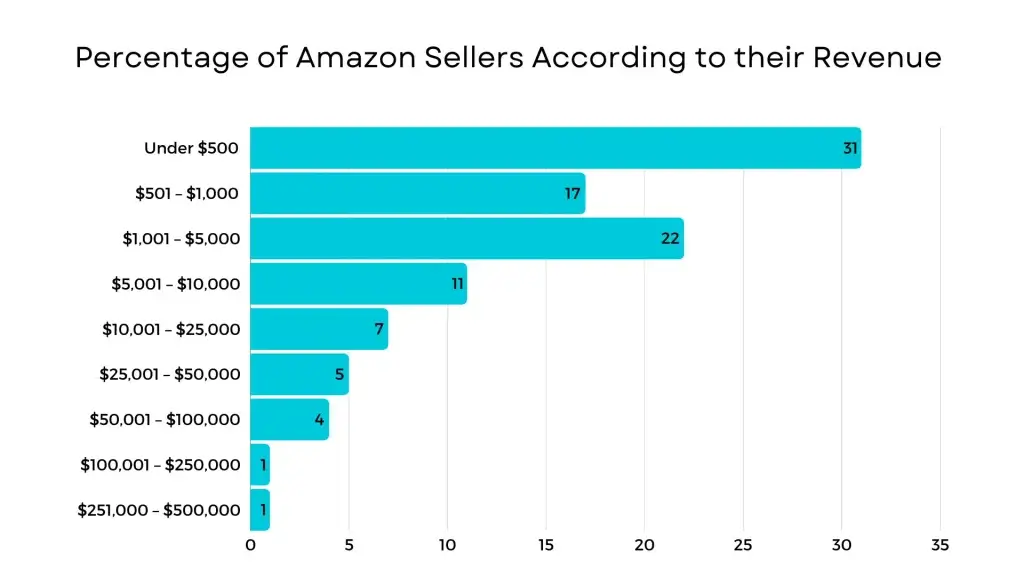
| Monthly Sales Revenue | Percentage of Sellers |
| Under $500 | 31% |
| $501 – $1,000 | 17% |
| $1,001 – $5,000 | 22% |
| $5,001 – $10,000 | 11% |
| $10,001 – $25,000 | 7% |
| $25,001 – $50,000 | 5% |
| $50,001 – $100,000 | 4% |
| $100,001 – $250,000 | 1% |
| $251,000 – $500,000 | 1% |
Key Takeaways:
- 40% of sellers earn between $1,000 and $25,000 monthly, showcasing good earning potential.
- 30% of sellers report sales over $5,000/month, indicating a solid opportunity for high returns.
- 31% of sellers make less than $500/month, illustrating that success on Amazon FBA is variable and depends on factors like product choice and strategy.
These numbers show that while Amazon FBA can lead to high monthly sales, careful planning is crucial to achieving success.
Is Selling on Amazon Profitable?
Selling on Amazon can be very profitable, with most sellers seeing solid margins:
- 57% of Amazon sellers report profit margins over 10%.
- 28% of sellers earn margins of 20% or more.
- 30% of sellers have made over $50,000 in lifetime profits.
However, 13% of sellers still need to be profitable, highlighting the importance of managing costs effectively.
Profit Margin Breakdown for Amazon Sellers:
| Profit Margin Range | Percentage of Sellers |
| 1-5% | 12% |
| 6-10% | 16% |
| 11-15% | 13% |
| 16-20% | 15% |
| 21-25% | 15% |
| 26-50% | 13% |
| Not Profitable Yet | 13% |
Maximizing profitability requires careful cost management and tracking tools like Sales Analytics.
Pros and cons of selling on Amazon
When considering your options in the e-commerce landscape, you might wonder, is selling on Amazon FBA still worth it? To help you make an informed decision, here are some key pros and cons to consider:
| Pros | Cons |
| Massive Customer Base: Access millions of Amazon shoppers | FBA Fees: High storage and fulfillment costs |
| Amazon Handles Logistics: FBA takes care of shipping and customer service | No Customer Data: You can’t collect buyer info for future marketing |
| Prime Shipping Perks: Reach Prime members who prefer fast delivery | Tough Competition: Compete directly with other sellers on every listing |
| Trusted Platform: Leverage Amazon’s credibility to boost conversions | High Return Rates: Amazon’s return policy can lead to frequent returns |
How Much Time and Money Do You Need to Start Amazon FBA in 2024?
Starting an Amazon FBA (Fulfillment by Amazon) business in 2024 can vary depending on your approach and business size. Here’s a breakdown of the main costs, how long it takes to profit, and what factors can influence your success.
Initial Costs: How Much Do You Need to Get Started?
The cost to start an Amazon FBA business can differ widely. Most sellers (64%) report starting with around $5,000 or less, making it accessible for many entrepreneurs. A smaller percentage, about 25%, started with under $1,000, while 16% managed to launch their FBA business with less than $500.
If you’re going for a private-label product, you’ll likely need a larger budget because of inventory, branding, and marketing costs. However, if you have a tighter budget, retail arbitrage or wholesale are more affordable ways to get started.
Recurring Costs: What Fees Will You Face Regularly?
If you’re wondering, Is selling on Amazon FBA still worth it? It’s important to know the ongoing costs you’ll face. Beyond your initial investment, there are some regular expenses to keep your business running smoothly.
- Amazon Referral Fees: Amazon takes a commission from every sale, typically around 15% of the product’s price.
- FBA Fees: If you use Amazon’s fulfillment services, there are shipping and handling fees based on your product’s size and weight.
- Storage Fees: Amazon charges for storing your products in their warehouses, with fees varying by season and inventory volume.
- Subscription Fees: A professional seller account costs $39.99 monthly, giving you access to advertising tools and other features.
Time Commitment: How Much Time Will You Need to Invest?
Your time spent on your Amazon business can directly affect your success. In the beginning, most sellers put in a lot of hours setting up listings, managing stock, and promoting their products. Around 12% of sellers work 21-30 hours a week, while 16% treat it like a full-time job.
Once your business is more established, especially if you’re using FBA, you can cut back on time spent on logistics. Half of sellers say they spend less than 10 hours a week running their Amazon business once it’s set up.
How Quickly Can You Turn a Profit with Amazon FBA?
One of the best things about Amazon FBA is how quickly you can start earning. Around 35% of sellers report making a profit within six months, and some larger businesses turn a profit within just three months.
For smaller sellers, 3-6 months is a realistic timeframe, depending on the product and strategy. 22% of sellers say they started making money in three months, much quicker than traditional businesses.
Winning Strategies for Amazon FBA: How to Increase Your Chances of Success
You may be wondering, “Is selling on Amazon FBA still worth it?” To enhance your chances of success with Amazon FBA, keep these effective strategies in mind:
1. Pick the Right Products
- Find In-Demand Products: Choose items with steady demand but not too much competition to avoid overcrowded markets.
- Use Product Research Tools: Tools like Jungle Scout or Helium 10 can help you find profitable products by showing sales trends and competition levels.
- Stand Out: Add unique features or bundle products to offer more value than your competitors.
2. Optimize Your Product Listings
- Use Great Photos: Invest in high-quality images that show your product from different angles and in use.
- Add Strong Keywords: Find the best keywords for your product’s title and description so customers can easily find it. Update these regularly.
- Write Clear Descriptions: Highlight your product’s key benefits in simple, easy-to-read language that solves customer problems.
For an in-depth look to enhance your product listings, check out our Complete Guide to Optimizing Your Product Listings!
3. Manage Your Inventory Well
- Keep Stock Ready: Aim to have at least 60 stock days available to avoid running out.
- Track Your Inventory: Use Amazon’s tools to monitor stock levels and set alerts for reordering.
- Avoid Over-Stocking: Don’t order too much, as extra storage can lead to high fees, especially during busy seasons.
4. Use Amazon PPC Ads
- Start Small: Begin with a small budget for PPC ads to test which keywords work best, then slowly increase your budget as you see results.
- Improve Your Ads: Start with automatic targeting, then switch to manual ads once you know which keywords perform well.
- Monitor Your Spending: Regularly check your ad metrics to ensure you’re not overspending, and adjust as needed.
For a clear understanding of Amazon PPC and the various ad types, check out our Complete Guide to Amazon PPC Management and How It Works!
5. Build a Strong Brand
- Join Brand Registry: Sign up for Amazon’s Brand Registry to access enhanced features like A+ content and better analytics.
- Create a Memorable Look: Design a professional logo packaging and ensure your product listing has a consistent brand feel.
- Engage Customers: Follow up with customers after purchase and encourage positive reviews to build trust.
6. Take Advantage of FBA
- Faster Shipping: Using Fulfillment by Amazon (FBA) gives your products access to Prime shipping, which attracts more buyers.
- Easy Customer Service: Let Amazon handle customer service and returns, but keep an eye on customer feedback to maintain satisfaction.
These simple tips can help you build a successful Amazon FBA business and stand out in a competitive market.
Is selling on Amazon FBA Still worth it? FBA vs. FBM: A Quick Comparison
| Aspect | Fulfillment by Amazon (FBA) | Fulfillment by Merchant (FBM) |
| Fulfillment Process | Amazon handles storage, shipping, and customer service. | Sellers manage storage, shipping, and customer service. |
| Fees | Involves FBA fees for storage and fulfillment. | No FBA fees, but sellers bear shipping costs. |
| Prime Eligibility | Eligible for Amazon Prime, increasing visibility. | Not eligible for Prime, reducing potential sales. |
| Workload | Less workload; Amazon manages logistics. | More work required to handle all fulfillment tasks. |
| Product Suitability | Better for smaller, lighter products due to fees. | More suitable for larger, heavier products to avoid high fees. |
| Control | Less control over inventory and shipping. | Full control over the entire fulfillment process. |
Is selling on Amazon FBA Still worth it? Final Thoughts
So, is selling on Amazon FBA still worth it? Absolutely! For many entrepreneurs, it opens the door to a vast customer base, efficient fulfillment services, and the chance for significant profit margins. While there are challenges, the benefits often outweigh the downsides, provided you understand the costs and develop a solid strategy.
At The Techload, we’re committed to your success in the Amazon marketplace! With our expertise in optimizing Amazon listings and managing the complexities of FBA, you won’t have to face this journey alone. Let’s transform your FBA aspirations into reality!
Is selling on Amazon FBA Still worth it: FAQs
Amazon FBA offers sellers access to a vast customer base, efficient order fulfillment, and eligibility for Amazon Prime. Additionally, it simplifies logistics, allowing sellers to focus on growing their business.
Sellers may face challenges like high storage and fulfillment fees and the need to manage inventory effectively. Understanding these costs is crucial for maintaining profitability.
The cost structure includes referral fees, FBA fees, and storage costs, which can consume a significant portion of profit margins. Sellers must carefully calculate these expenses to ensure their products remain profitable.
In 2024, trends like the rise of voice search, quick commerce, and social media shopping are impacting Amazon FBA’s effectiveness. Sellers must adapt to these changes to remain competitive and maximize their success.
Alternatives to Amazon FBA include Fulfillment by Merchant (FBM), drop shipping, and third-party logistics (3PL) providers like ShipBob and ShipMonk. Each option offers unique advantages based on your business model.
Sellers can enhance their success by conducting thorough product research, optimizing listings with quality images and keywords, and utilizing Amazon’s advertising tools. Continuous learning and adaptation are key to thriving in the competitive landscape.

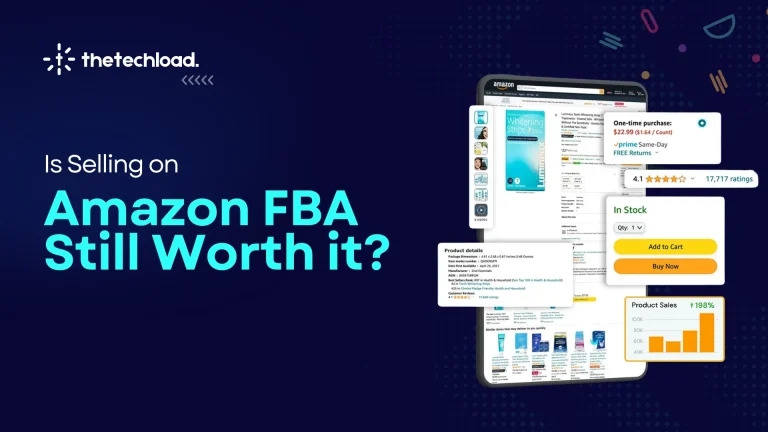

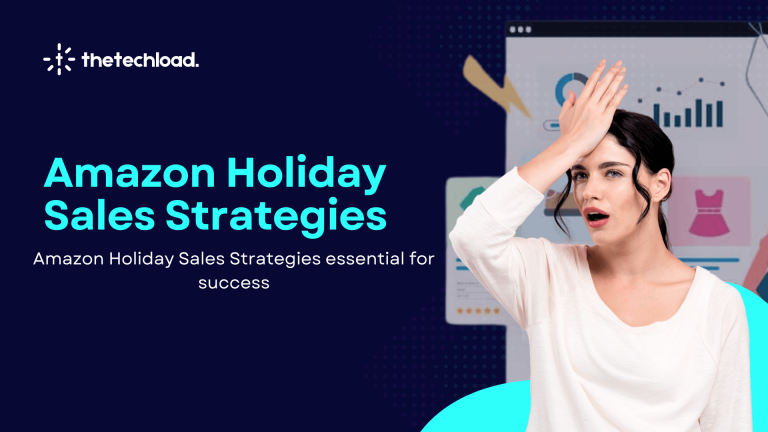
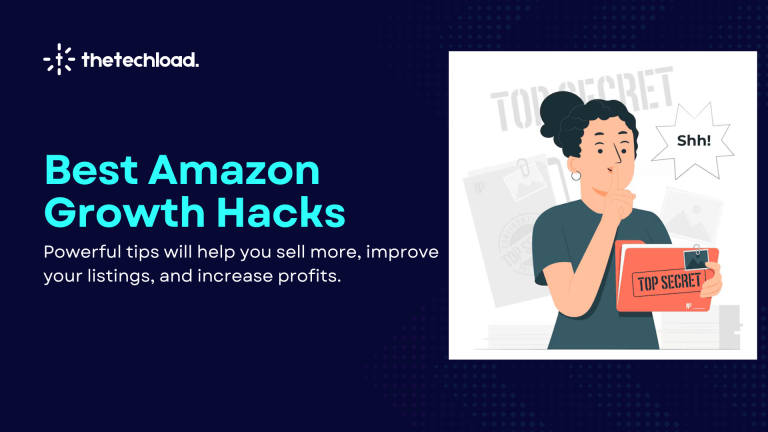
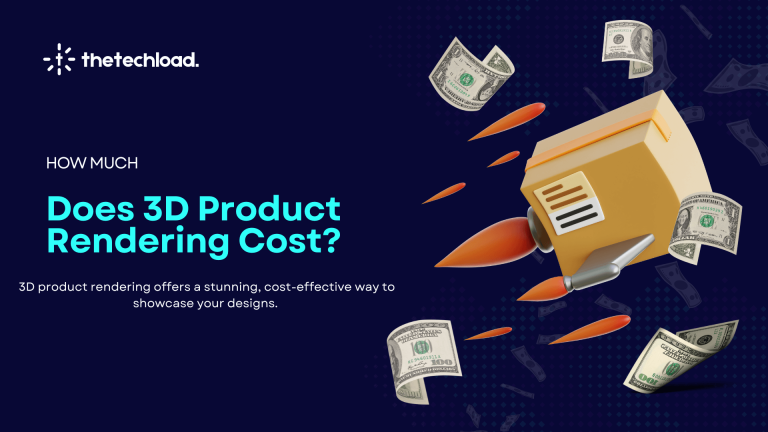
2 Responses